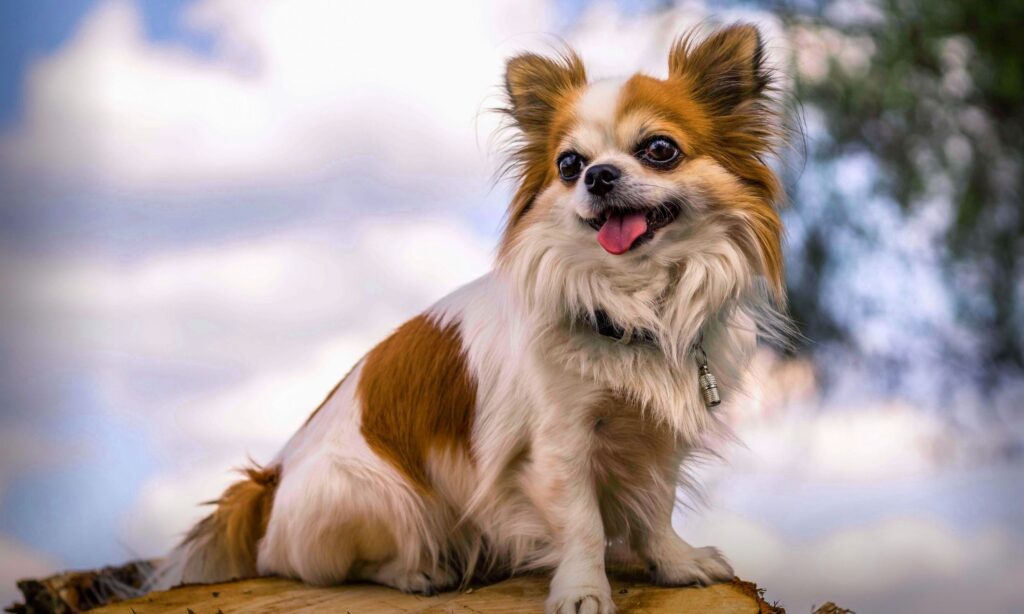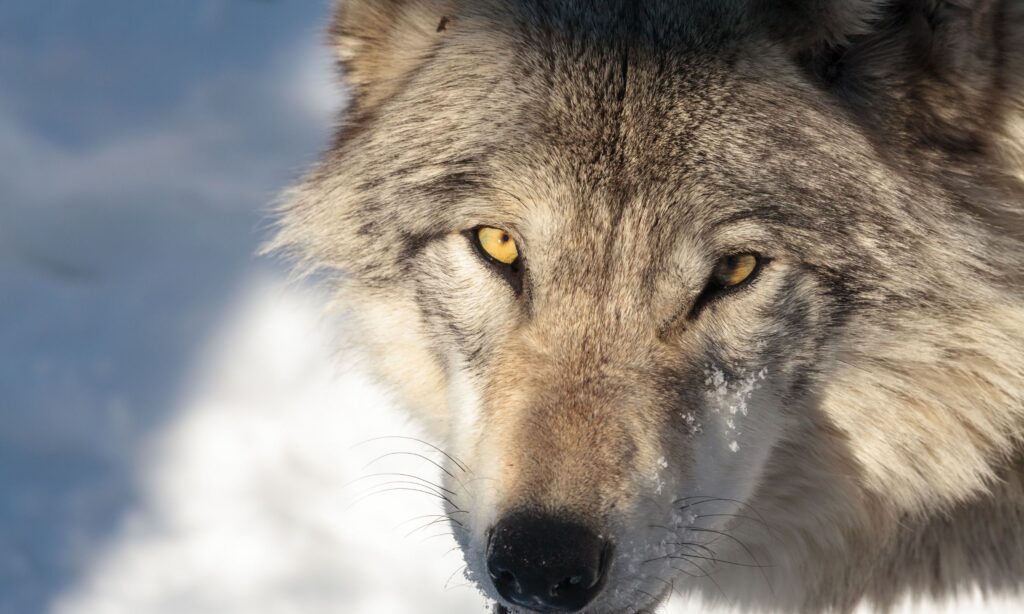“This post contains affiliate links, and I will be compensated if you make a purchase after clicking on my links.”

The popular belief is that small breeds, such as Chihuahuas and Pomeranians, originated from our ancestors who bred them to make small companions.
However, according to a recent study, researchers at the National Institutes of Health (NIH) identified a genetic mutation in growth hormones present among wolves, leading to dogs getting smaller. What’s more interesting is that this gene was present 50,000 years ago, long before domestication.
Before this study, scientists theorized that dogs started out larged and became smaller about 20,000 years ago, during domestication. But the results of the study were indeed shocking.
The study analyzed over 200 domestic dog breeds and found about 20 body size genes. One of which, insulin-like growth factor 1 (IGF1), predominates and controls 15% of body size variation between breeds. This ancestral IGF1 allele, which predisposes to small size, is common in small-sized breeds. The researchers then looked through ancient wolf DNA to see when mutation of the IGF1 first showed up.

What surprised them is that the growth hormone mutation was found in a Siberian wolf from 54,000 years ago. Thus, contrary to popular belief, the origin of small dog breeds aren’t as “modern” as we thought.
Humans, however, still play a major role here. Small dogs, which resulted from mutations and who would have otherwise not survived through natural selection, became more prevalent due to human selection and domestication.
There is still much that has been unexplored on the genes that regulate body size in dogs and researchers hope to understand this better in future studies.
You can read the rest of the article here. What do you think about this discovery?





















